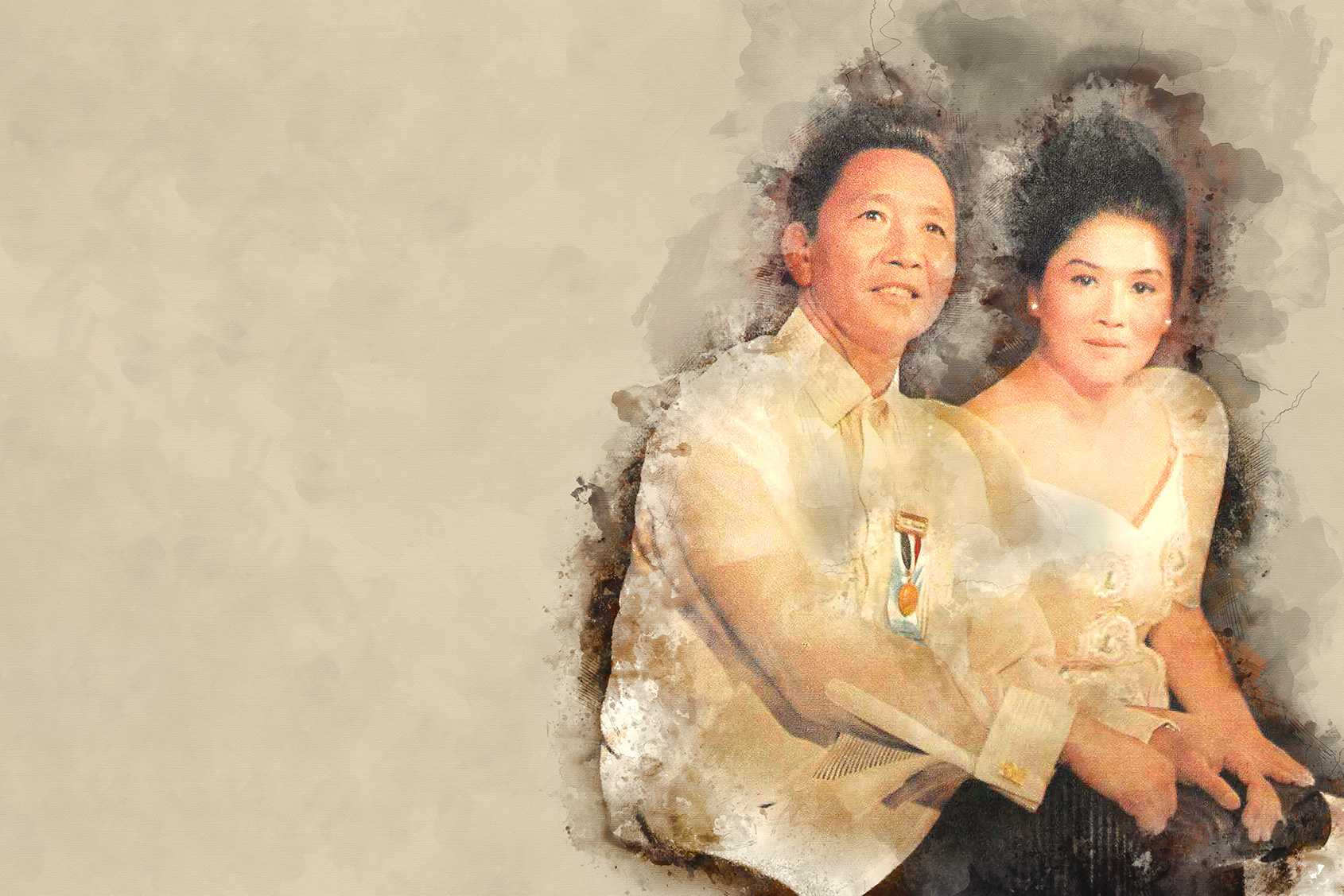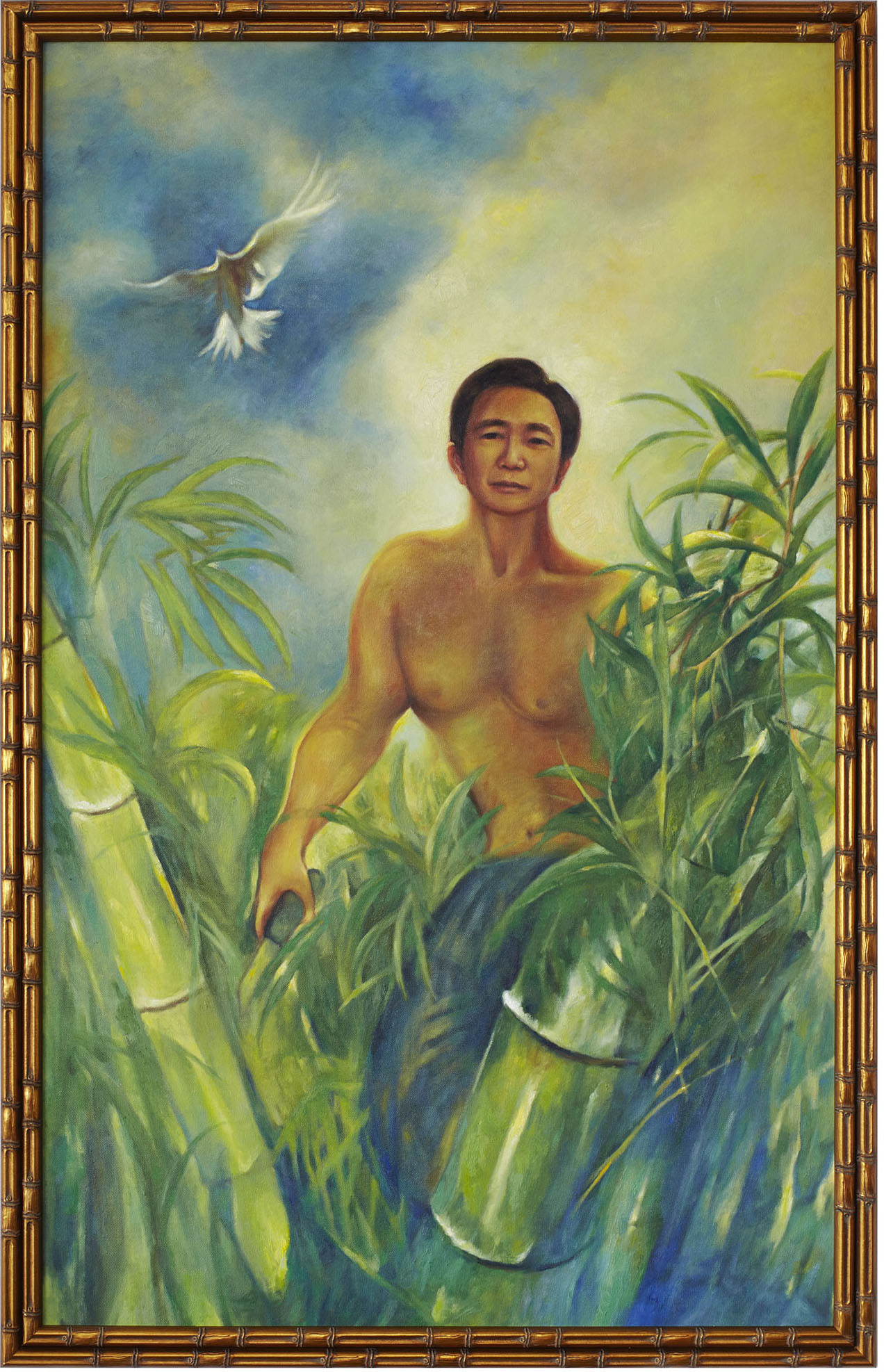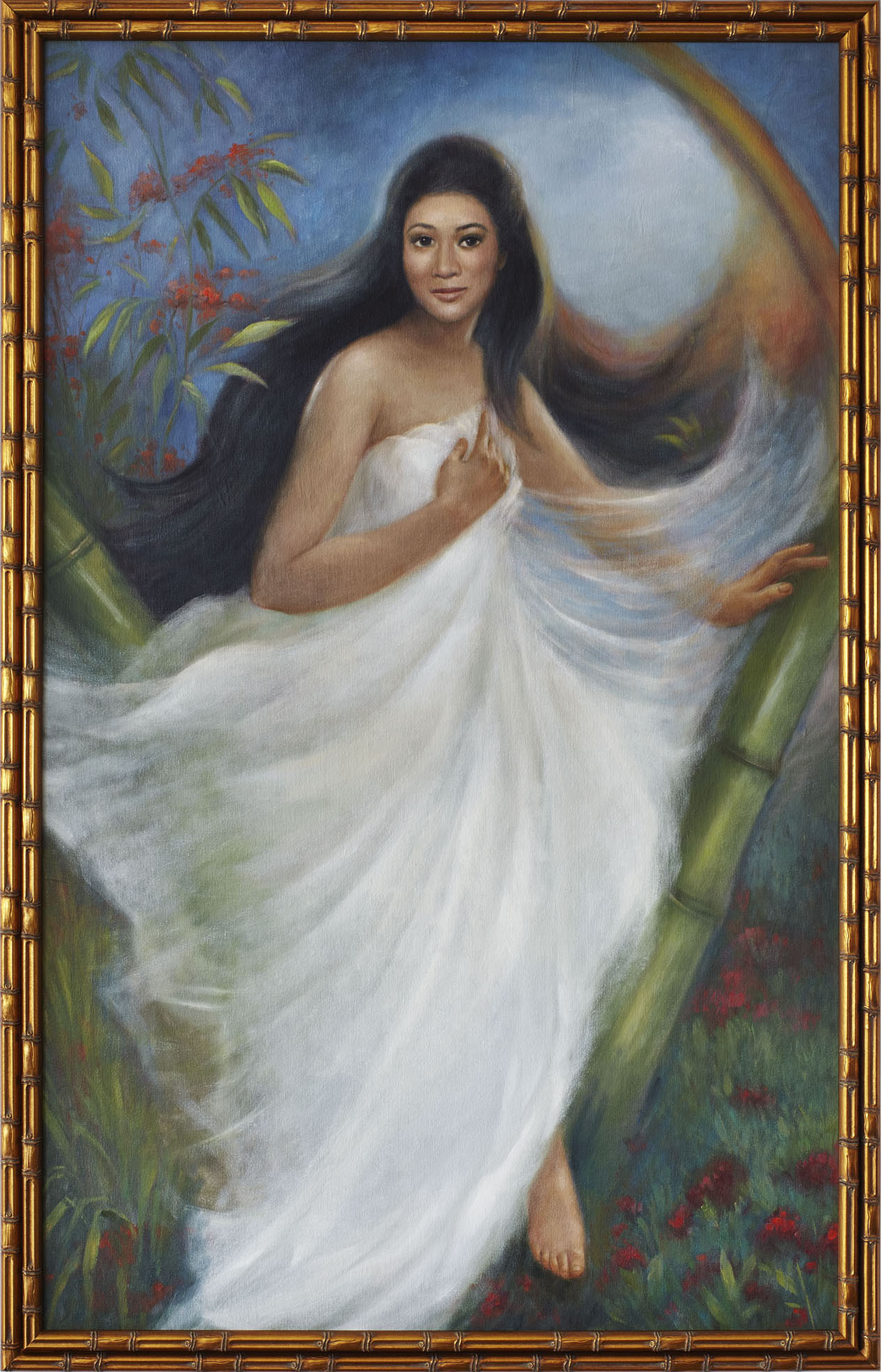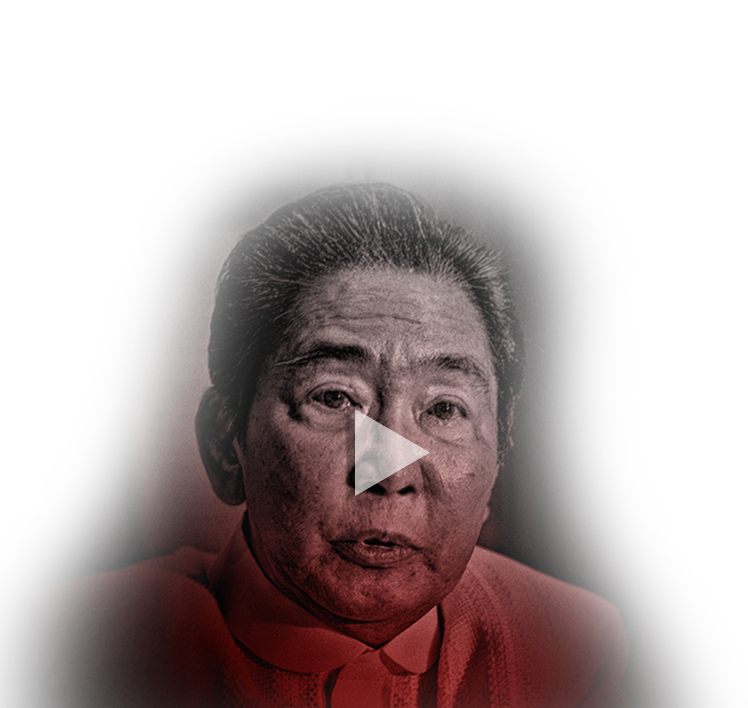The Holy Bible's Book of Genesis tells us that God created man from dust. The Philippine creation myth, on the other hand, claims that man emerged from inside a bamboo tree split in half by a magical bird.
Philippine lore states that Malakas or "The Strong One" and Maganda or "The Beautiful One" surfaced from both sections of the bamboo. They are considered as Filipino versions of Adam and Eve.
In the 70s, the glory days of the Marcoses, then President Ferdinand Marcos Sr. and his wife Imelda Romualdez Marcos fashioned themselves as the real-life representations of Malakas and Maganda.
Ferdinand justified the metaphor with his supposed war medals and awards, while Imelda embraced the role of being the face of her husband's regime, showing off her glamour to local and international scenes.
Psychological warfare
The Marcoses used art for their deception. Paintings and sculptures during the Martial Law period portrayed the First Couple as Malakas and Maganda.
One commissioned painting by the late Evan Cosayco displayed at Malacañan showed a muscular Ferdinand pictured as Malakas, while Imelda looked pure and beautiful as Maganda.
Dr. Rolando Tolentino, former dean of the University of the Philippines Diliman College of Mass Communications, said the Philippine creation myth touched the collective unconscious of the Filipinos. He said that although Malakas and Maganda are gender-neutral, the Marcos couple saw it as an opportunity to build their image.
"Ibig sabihin, 'di mo alam kung sino si Malakas, kung ano sex ni Malakas at ni Maganda dahil puwede mo naman sabihin na malakas itong babae o maganda siyang lalaki. Hanggang sa na-illustrate siya nitong visual representation at doon pumasok yung co-optation ng mga Marcoses sa myth na ito kasi makikita mo talaga commissioned murals na kung saan ay nag-si-split yung kawayan at si Marcos ay, kahit medyo matanda na siya nung panahon na ito, ay batang-bata, very masculine ang hitsura. At si Imelda naman ay overly feminine," Tolentino said in an interview with Philstar.com.
Using the Malakas and Maganda narrative, the First Couple portrayed themselves as the mother and father of the country.
The family paradigm was exploited by the two in remaking the Philippines into Ferdinand's image of a Bagong Lipunan or New Society, historian Alfred McCoy says in his book "An Anarchy of Families: State and Family in the Philippines."
Months after the declaration of martial law in 1972, veteran psychological warfare specialist Jose Ma. Crisol, working through the Philippine Army's Office of Civil Relations, convened an academic think tank to construct a master plan for social reform, McCoy writes.
The resulting report titled "Towards the Restructuring of Filipino Values" states that Ferdinand should harness the Filipino family paradigm to rid the country of negative values. McCoy quoted the report below:
What is recommended therefore is an expansion of the family to a larger group—the country. We should treat the country as our very own family, where the President of the Republic is the father and all the citizens as our brothers. From this new value we develop a strong sense of oneness, loyalty to the country, and a feeling of nationalism. Because all Filipinos are brothers, we become just and sincere. There will develop in us a feeling of trust such that values, such as lamangan, pakitang-tao, bahala na, etc. will be eliminated from our system....
Because the New Society provides us with an opportunity to grow, it is the most appropriate time to develop our very selves.... [I]t is only when we develop a value of self-reliance, self-discipline and a high sense of self-esteem that we could come up a progressive country.
'Brainwashing'
Historian and educator Michael Charleston Chua said Imelda herself disagreed with the Book of Genesis's claims saying evil was derived from Eve. She admitted that she prefers the Philippine creation myth and relates it to herself and her husband.
The University of the Philippines History Department last year released a statement rejecting the "brainwashing" of the Marcoses.
"The sad thing indeed that could happen is to fall for the trap of seeking a better society from a mythical 'golden' past. In that past, Marcos myth-making served to hide the power grab and greed of a Malakas at Maganda. Today, Marcos deception seeks to evade accountability," the statement read.
"We reject deception and demand accountability!" the department added.
Despite painting their era as a golden age, the Marcoses failed to hide the truth, and historians were still able to unveil the reality behind all the myth-making. — Philstar.com NewsLab



-3.jpg)

